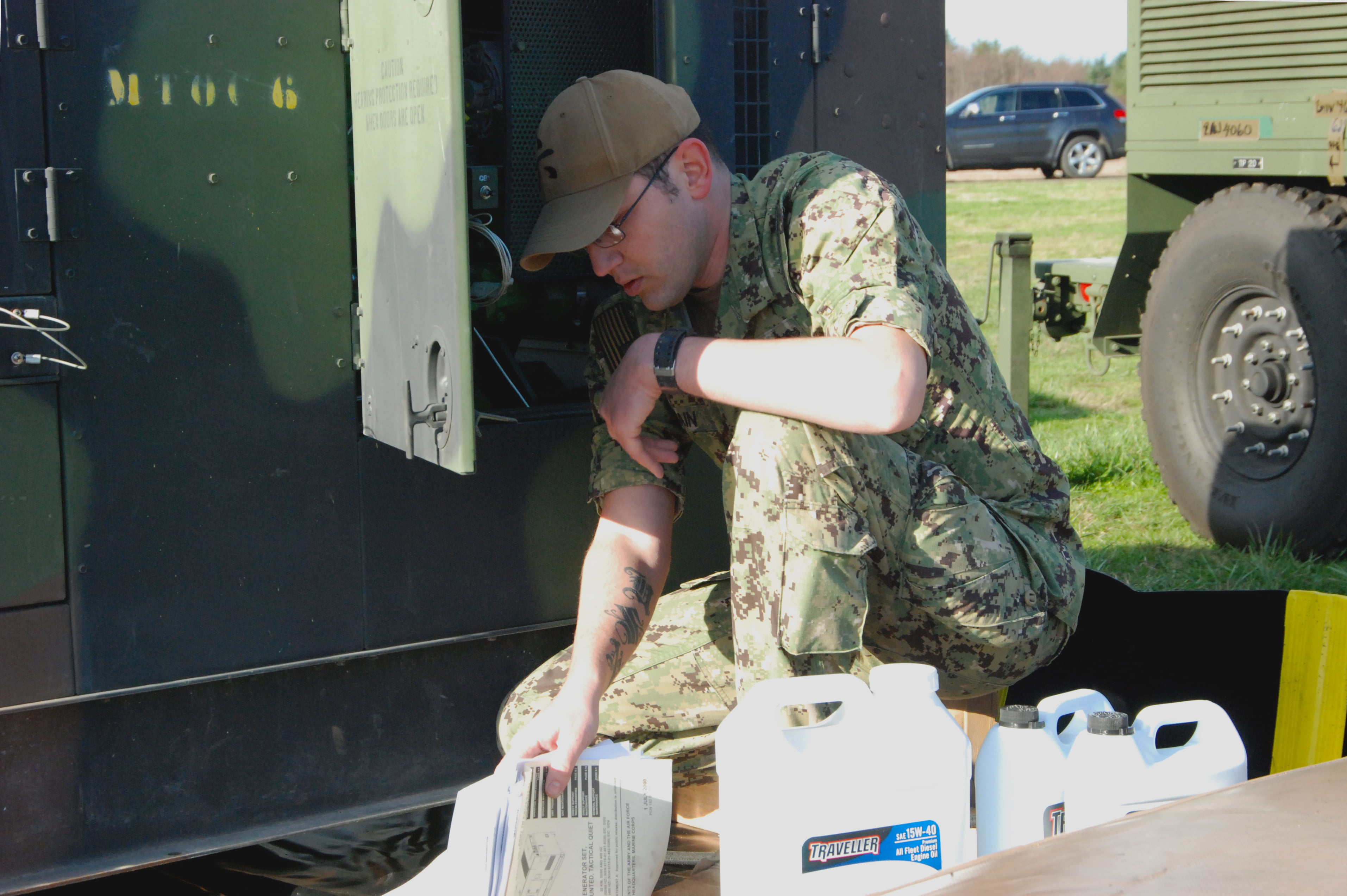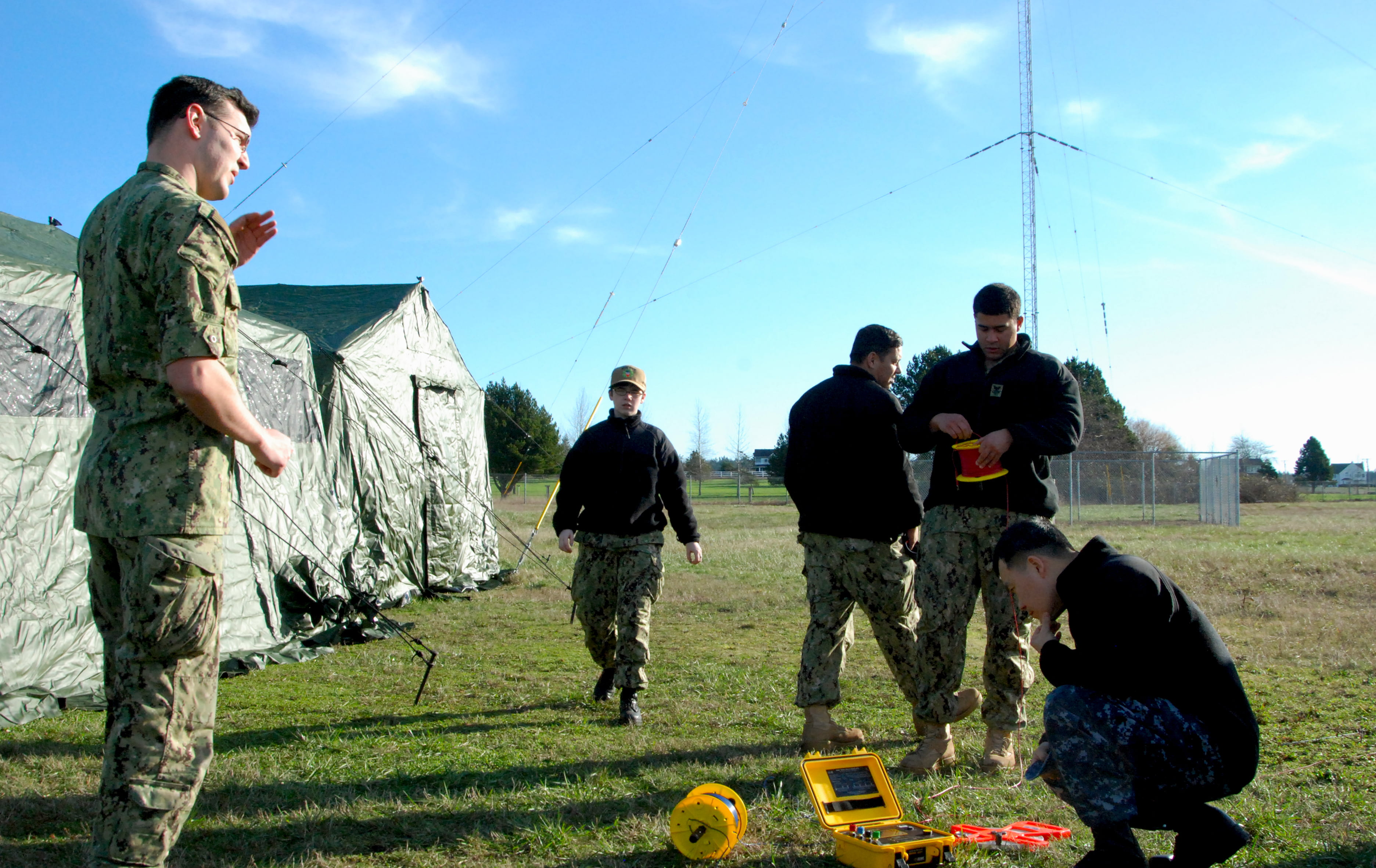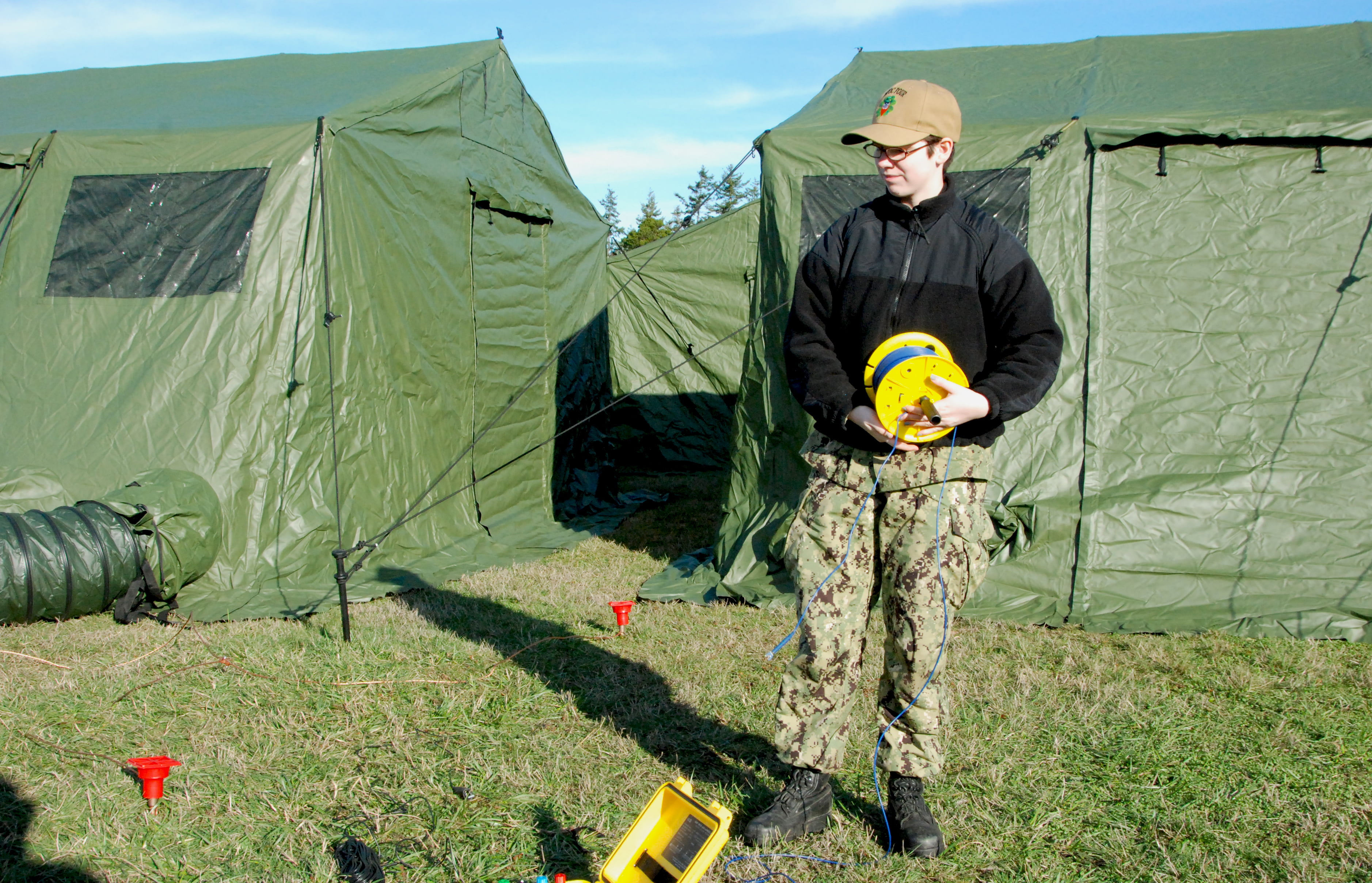By Robbin Laird
For some, the shift from using kill web instead of the kill chain is a variant of wordsmithing.
But it is not.
I have worked on fifth generation aircraft since the mid-2000s and certainly understood what an impact a data rich aircraft flying as a fleet would make with the coming of the F-35. I also understood that if the infrastructure to manage data, and to exploit data much more effectively and rapidly, that the impact of the new generation of aircraft would be limited.
I also have argued that fifth generation aircraft was leading to the “renorming of airpower,” and not the end point of transformation.
But what this new generation of aircraft posed along with their being built around software upgradeability was a significant challenge to rethink the ISR/C2 dynamic and to build out an infrastructure which allows for the platforms operating within interactive kill webs to deliver combat effects throughout the extended battlespace.
For the P8/Triton community, what this has meant that after managing the initial P-8 transition and now adding the Triton in its early phases of contribution is that infrastructure is changing as well to find ways to better exploit the new platform capabilities.
The problem is that if one focuses on the pictures of the aircraft – whether P-8 or Triton – one is looking at a snapshot of a part of the kill web enterprise but missing in many ways the most significant aspect which is the evolving infrastructure. The infrastructure is not as dramatic as watching a plane take off or land but it is the enabler for the kill web enterprise.
In the case of the P-8, a squadron deploys with at Mobile Tactical Operations Center. These centers support the P-8s by managing data and air tasking orders.
As this story published on October 7, 2019 about the return of a P-8 squadron highlights the role of the paring of P-8s and MTOCs.
JACKSONVILLE, Florida – The “Fighting Tigers” of Patrol Squadron EIGHT (VP-8) and the “Dog Pound” of Mobile Tactical Operation Center SEVEN (MTOC-7) have returned to Naval Air Station (NAS) Jacksonville after a successful six month deployment to the 4th and 7th Fleet Areas of Responsibility (AOR).
While deployed, the Fighting Tigers and Dog Pound operated from three deployment sites in the Philippines, Japan, and El Salvador, where they provided intelligence, surveillance and reconnaissance (ISR) and conducted anti-submarine warfare (ASW) to advance U.S. Southern Command and U.S. Pacific Command lines of operation.
The VP-8/MTOC-7 team is attached to Commander, Patrol and Reconnaissance Wing ELEVEN, and was one of several MPRF squadrons assigned to Commander, Task Force 72 for the last six months. VP-8 is led by Commanding Officer Cmdr. Rodney Erler, and consists of 300 personnel and seven P-8A Poseidon aircraft. MTOC-7 is led by Officer in Charge Lt. Taylor Cannon, and consist of 21 personnel providing media support, mission construction, and safety of flight following for all VP-8 missions.
The sleek P-8s look cool; but what an MTOC (as seen in the featured photo) looks like does not.
But guess what?
Without the less cool MTOC, the effectiveness of the P-8 squadrons is reduced significantly.
The infrastructure engagement is a key driver of the way ahead for the maritime patrol reconnaissance enterprise in playing its proper role within a kill web force. And since the initial P-8 deployments and the coming of the Triton, the US Navy has changed two key aspects of the infrastructure.
The first is the establishment of the MISR officer who is the link between the carrier strike group and the non-organic assets which are both supporting and supported assets for the carrier strike group.
And the second is the current standing up of two TOCRONs for the maritime patrol reconnaissance enterprise. Not surprisingly, the TOCRONS are evolving from the MTOC experience, but are being stood up as a recognition that the data management side of the enterprise is at least on equally footing with the flying side of the enterprise.
The MISR officers are the connectivity tissue between the TOCRONS and the carrier strike group as well. This will be a two-way street as tasking coming from MISR officers will be shaped in part with regard to the kind and quality of information which the TOPCRONS can provide as well.
As I noted in an earlier article about the standing up of TOCRON -11 at Jax Navy:
Tactical Operations Control Squadron (TOCRON) ELEVEN as part of the Patrol and Reconnaissance Wing as well. This command is operational this month and is the latest member of CPRW-11.
The squadron is tasked with data support and management for CPRW-11. They are tasked with imaging all of the fleet’s mission systems hard drives, and data with regard to software, mission planning and the flight profiles of the fleet.
They are the key enabler to maritime patrol’s Tasking, Collection, Processing, Exploitation, and Dissemination (TCPED) process, which helps drive the intelligence analysis cycle.
With the increase in mission system’s capability and increasing integration into the joint kill web, the MPRA community clearly relies on TOCRON with a P-8 enabled MPA force.
During my visit to Jax Navy the week of June 14th, I had a chance to discuss with the TOCRON -11 leadership the role of the squadron. I met with CDR Donte’ Jackson and LCDR Heriberto Cruz, both experienced officers in the MPA community and with regard to the working relationship between P-8 and MTOC squadrons.
A key point made by the officers was the importance of socializing the value of the kind of data which the MTOC, MISR and MPA communities could bring to the fleet.
As CDR Jackson underscored: “Sometimes we get caught up in the new systems and what they can do and neglect the core function of leading the sailors who will use the capabilities which the new systems can deliver to the fleet.”
He sees this as one function of what the TOCRON squadrons could bring to the Navy.
Mission support in terms of what the data providers bring to the fight is crucial to shaping an effective way ahead, and certainly in terms of what a kill web approach can do to empower the fleet.
But being data providers does not have the cache of being a Top Gun pilot, but as the data providers become more crucial, a process of change is underway.
The officers underscored that there is significant generational change underway that intersects with the evolving role of the MPA community.
On the one hand, “Sailors are well versed in ASW, ISR and C2,” not just classic ASW functions in the MPA community.
On the other hand, “the new generation of Sailors is able to multi-task much more effectively than the older generations. And the new generation functions better when they gain a grasp of the whole within which their basic task is performed.”
Thus, the officers argued that there was basic synergy between the evolving technology and the capabilities of the new generation of Sailors.
And they see the TOCRON squadron as contributing to enhancing this process of synergy, as well.
The new face of the kill web Navy is MISR officers, TOCRON squadron members and the warfighters at the information school at NAWDC.
And the focal point of this outcome is to deliver the right information, to the right person in the right time. Learning how to fight at the speed of light is an ongoing challenge.
Adding new MISR and TOCRON capabilities to the fleet are the next steps in shaping a more effective capability to meet this challenge.
As I noted in an earlier article:
As we work through force structure change to deal with the new strategic environment, terms like C2, ISR and training are being changed significantly.
New concepts of operations are being shaped, with modifications of existing platforms to play new roles and responsibilities, and new platforms being designed to enable an integratable force.
With the crafting of an integrated distributed force able to operate through interactive kill webs, the ability and capability to shape task forces appropriate to crisis management challenge is enabled.
To do so effectively, rests upon how specific platforms can work together, which, in turn, depends in significant part on what wave forms they have onboard which enables them to work together in a crisis management environment….
When I refer to standing C2 on its head, what I mean is simply, that C2 and wave form availability is becoming a foundational element for force generation in contested combat environments, rather than simply being ways to connect platforms operating in sequential operations….
Put bluntly, C2 systems are no longer commodities added platform by platform; they are the operating infrastructure within which platforms find their role within a scalable, tailorable combat force.






